What is Capital?
Dec 25

Introduction
Capital refers to the financial resources or assets that a business or individual uses to fund operations, invest in growth, or generate income. In a business context, capital typically includes cash, equipment, buildings, and other assets contributed by owners or shareholders. It is a critical component of a company’s financial structure and is recorded on the balance sheet under equity. Capital plays a vital role in ensuring that businesses can sustain operations, make strategic investments, and achieve long-term growth.
How it works?
A small tech startup receives $200,000 in capital contributions from its founders to develop software and market its product. The capital is used to rent office space, purchase computers and software licenses, and hire developers. As the company generates revenue, the founders reinvest a portion of the profits to fund new product features and expand their market reach. This capital not only enables the startup to launch its operations but also supports its growth trajectory over time.
Why it is important?
Capital is a cornerstone of business operations, supporting both immediate and long-term financial needs. Its importance extends across several critical areas:
1. Funding Operations: Capital ensures businesses have the resources to cover daily expenses, such as wages, utilities, and inventory purchases. Without sufficient capital, companies risk halting operations due to cash shortages.
Example: A restaurant uses $50,000 in initial capital to rent a space, hire chefs, and stock the kitchen with ingredients and equipment.
2. Facilitating Strategic Investments: Businesses rely on capital to acquire fixed assets like machinery, real estate, and technology, which are necessary for increasing productivity and meeting demand. Strategic investments often provide the foundation for future growth and efficiency.
Example: A manufacturing company uses $1 million in capital to buy new automated assembly lines, boosting production capacity and reducing labor costs.
3. Enabling Business Expansion: Capital allows businesses to enter new markets, launch new products, or scale operations. Growth initiatives often require significant upfront costs, which can be funded by equity or debt capital.
Example: A retail chain secures $500,000 in capital to open three new stores in high-demand locations.
4. Maintaining Financial Stability: Adequate capital reserves help businesses manage unexpected expenses or economic downturns without resorting to high-interest borrowing. Capital also ensures companies can meet their obligations, enhancing their financial stability.
Example: A consulting firm with a $100,000 capital reserve smoothly handles a temporary drop in client contracts during a recession.
Types of Capital (Expanded Explanation with Examples):
1. Equity Capital: Equity capital is contributed by the owners or shareholders of a business. It represents the ownership interest in the company and does not need to be repaid.
Example: A founder invests $100,000 into their startup in exchange for ownership shares.
2. Debt Capital: Debt capital is obtained through borrowing from banks, financial institutions, or issuing bonds. It must be repaid over time, often with interest.
Example: A construction company secures a $500,000 loan to fund a new building project.
3. Working Capital: Working capital is the difference between current assets and current liabilities, representing the cash available for day-to-day operations.
Example: A grocery store calculates its working capital as $50,000, ensuring it has enough liquidity to pay suppliers and staff.
4. Fixed Capital: Fixed capital is invested in long-term assets like buildings, equipment, and vehicles that are used in operations over many years.
Example: A factory spends $1 million on machinery to increase production efficiency.
5. Human Capital: Human capital refers to the skills, expertise, and productivity of employees, considered a valuable intangible asset for businesses.
Example: A software company invests in employee training programs to enhance its workforce’s capabilities.
6. Natural Capital: This includes natural resources like land, water, and raw materials that contribute to the production process.
Example: An agricultural business relies on fertile land as part of its natural capital for crop production.
Conclusion:
Capital is the lifeblood of any business, fueling operations, investments, and growth. Whether sourced from equity, debt, or internal reserves, effective capital management ensures financial stability and the ability to seize opportunities. By understanding the different types of capital and their applications, businesses can build a solid foundation for long-term success and sustainability.
Accounting and Bookkeeping courses for you
Subscribe to our newsletter
Stay informed with the latest accounting tips, tools, and updates from Accountutor right in your email inbox.
Thank you!
Policy Pages

Download QuickBooks Online PDF Guide
Thank you!
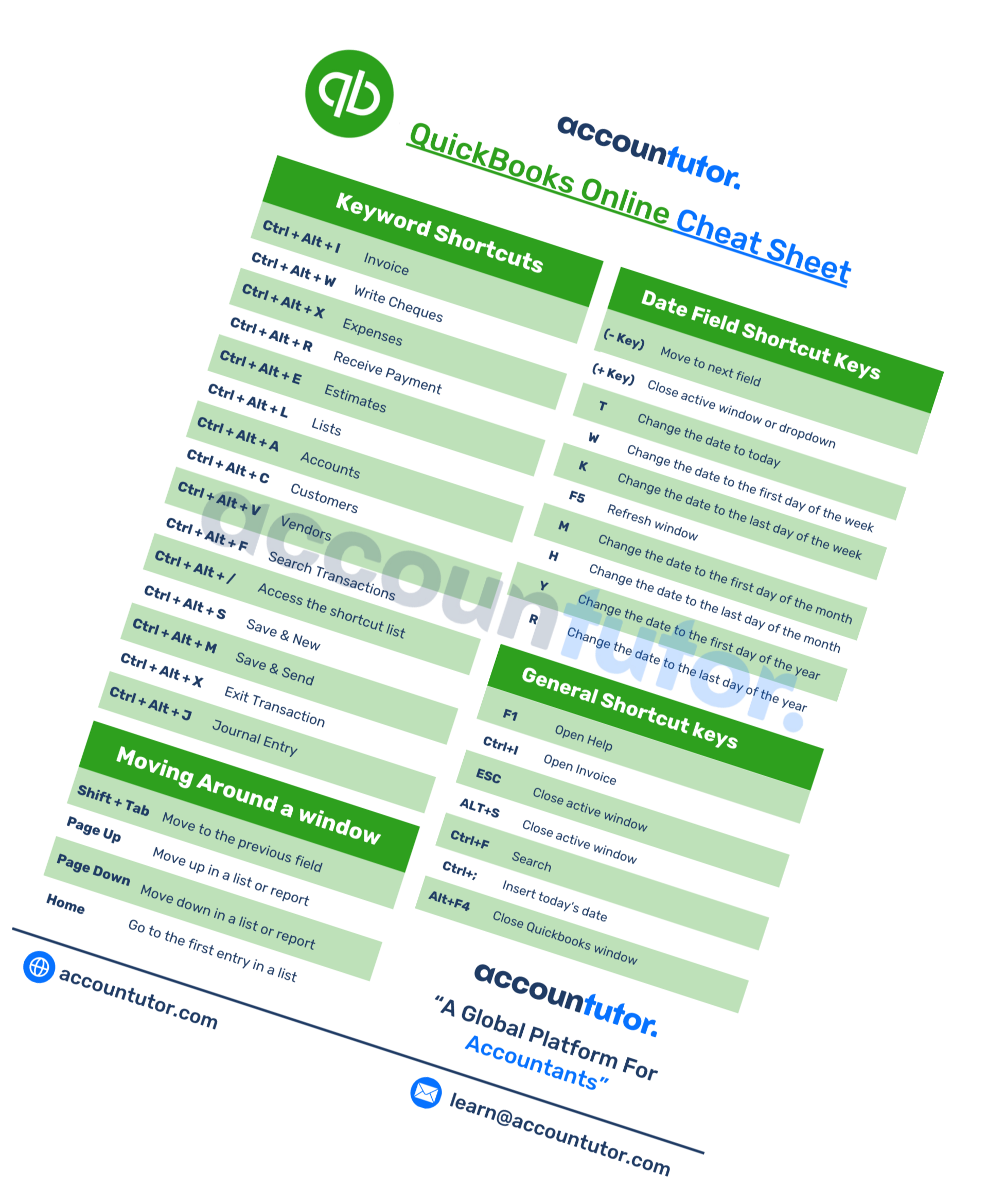
Download QuickBooks Online Cheat Sheet
Thank you!

Download ABCD of Accounting
Thank you!
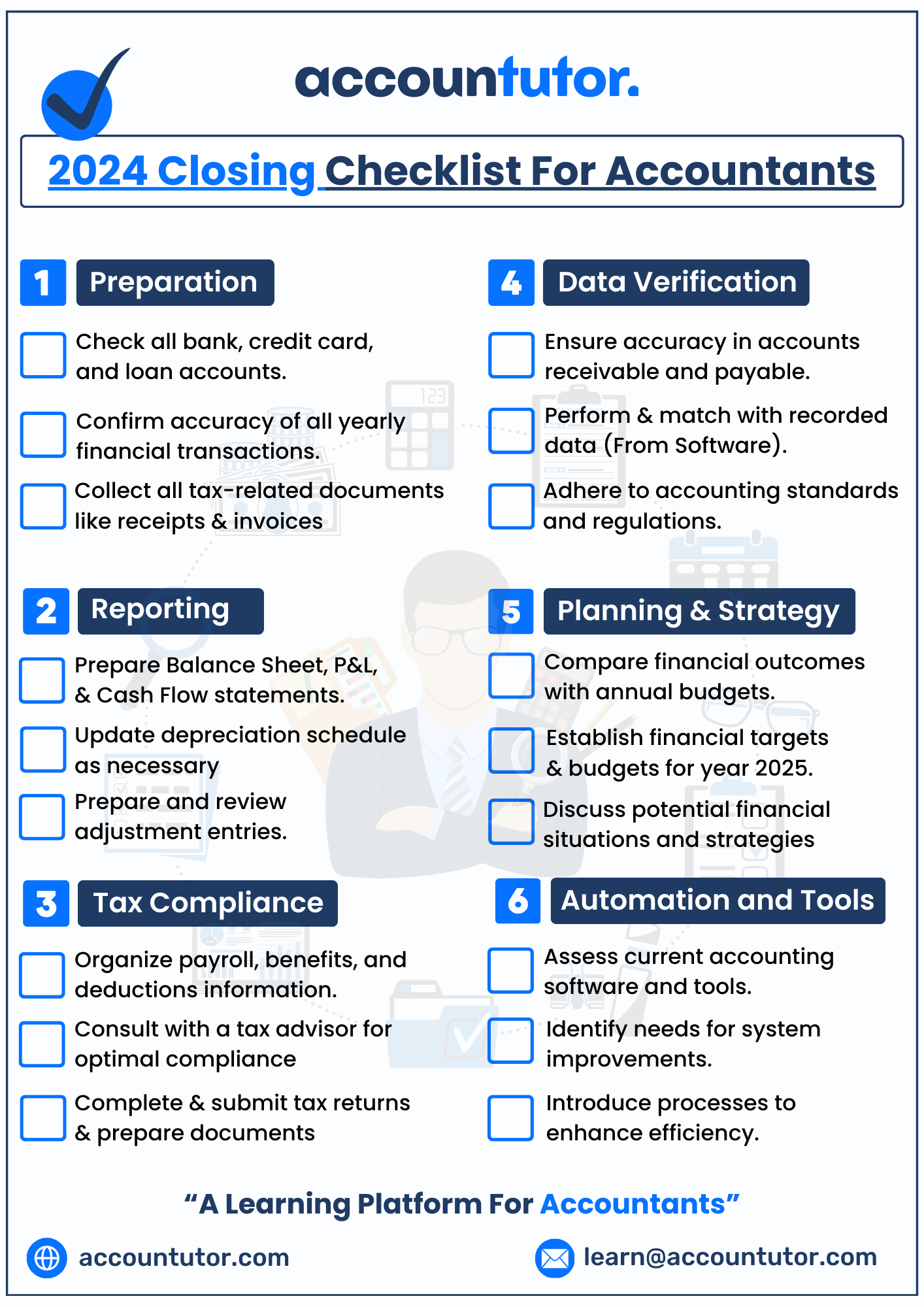
Download Checklist 2024
Thank you!
Register For Free!
Thank you!
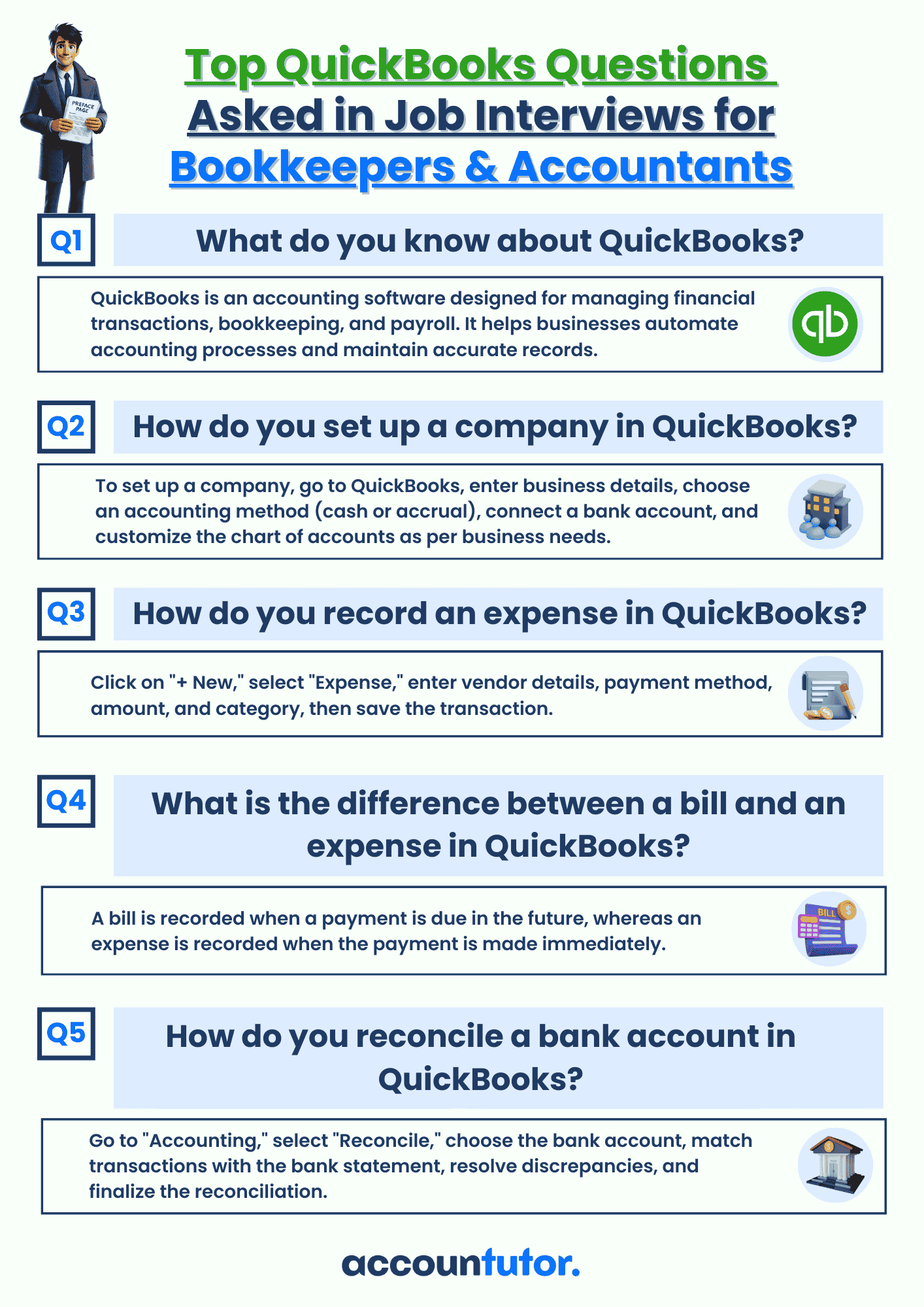
Download Interview Questions
Thank you!
Register for this webinar: How to Master QuickBooks Online— Without Feeling Overwhelmed
7th JUNE 2025 | 8:00 AM PST | 11:00 AM EST
Thank you! The joining link will be sent to your email shortly!
Webinar joining link will be sent to your email address.
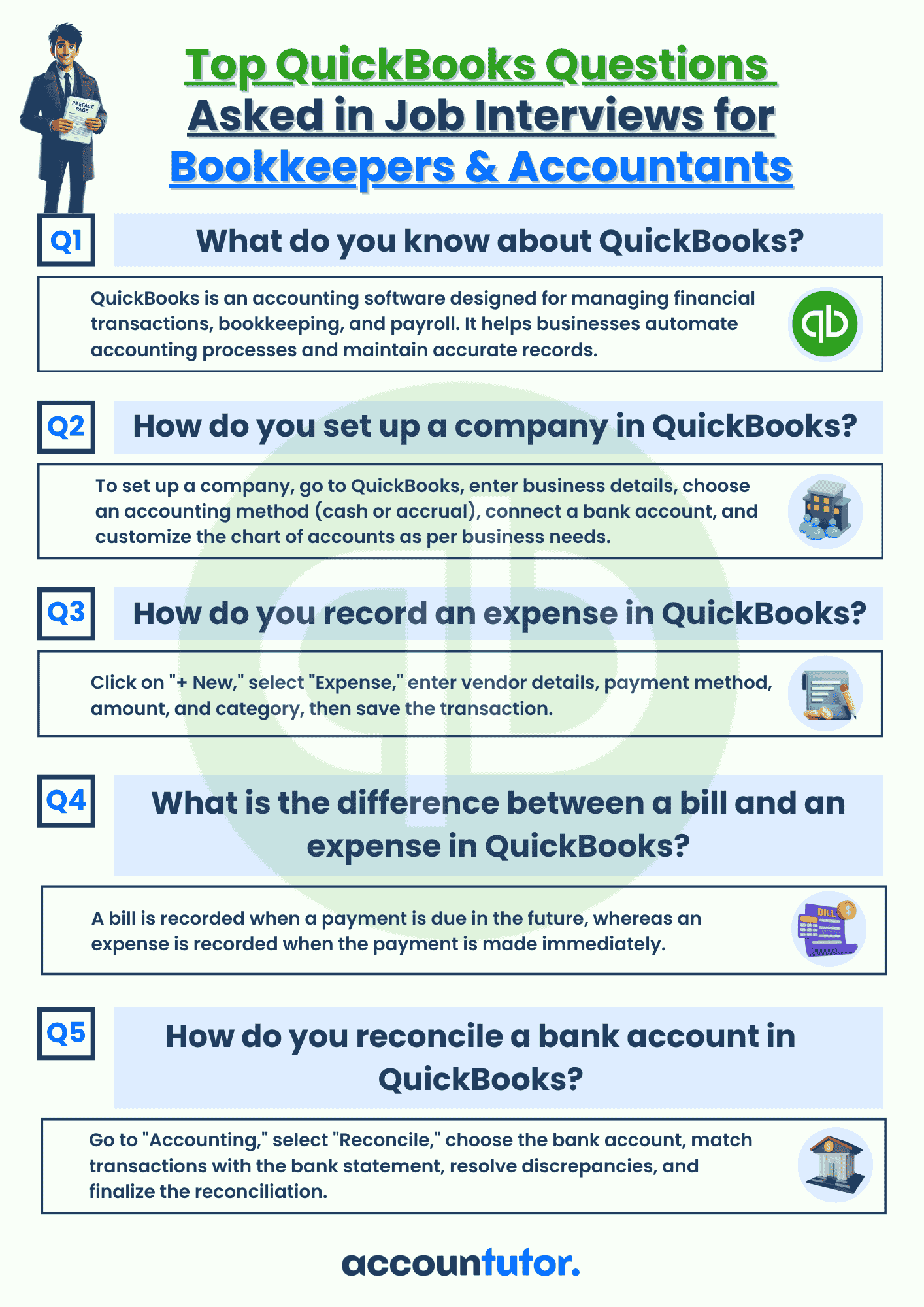
Download QBO Job Interview Questions and Answers PDF
Thank you!
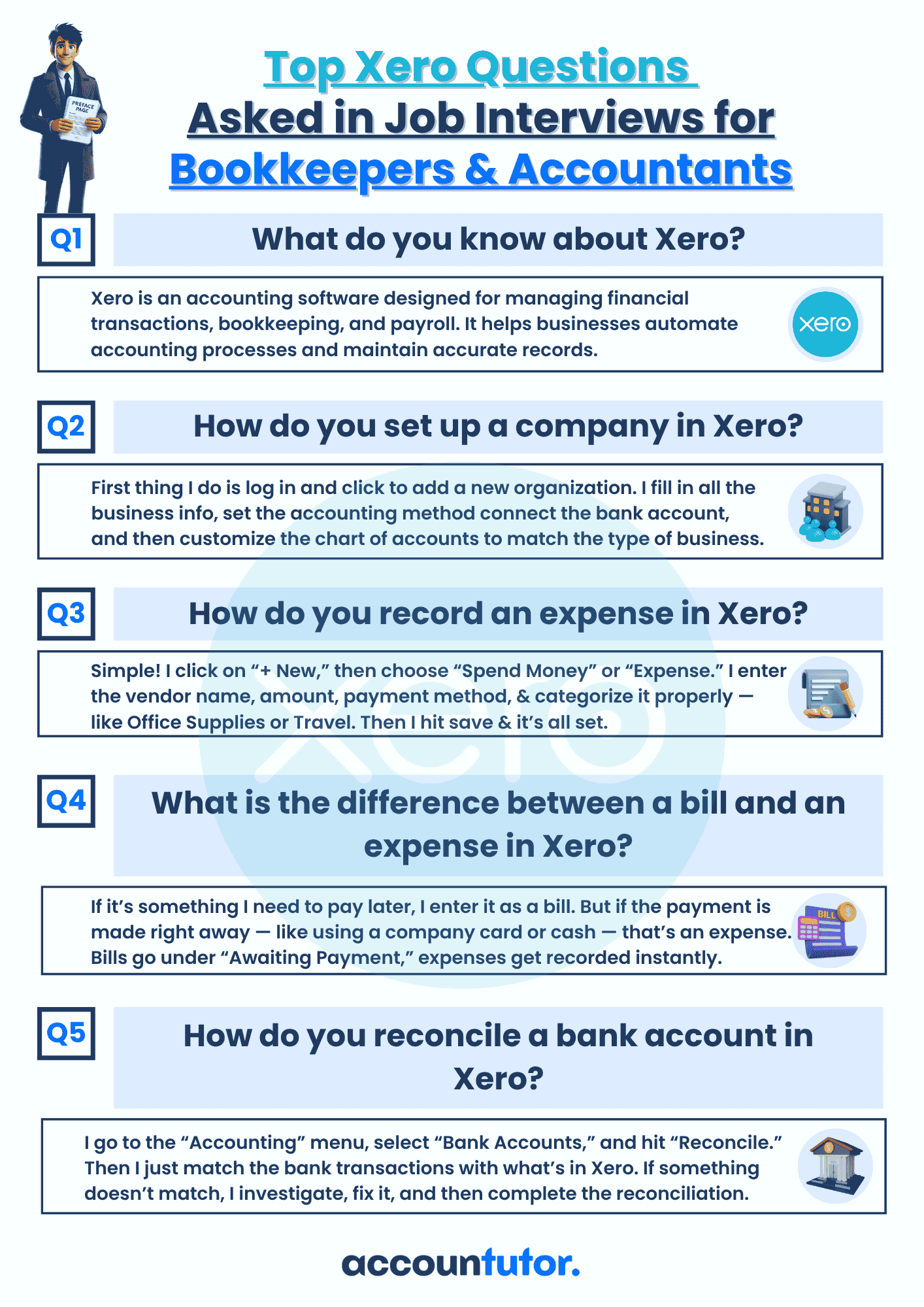
Download Interview Questions
Thank you!

Download 50 Interview Questions For Bookkeepers
Thank you!

Download QuickBooks Online Guidebook
Thank you!

